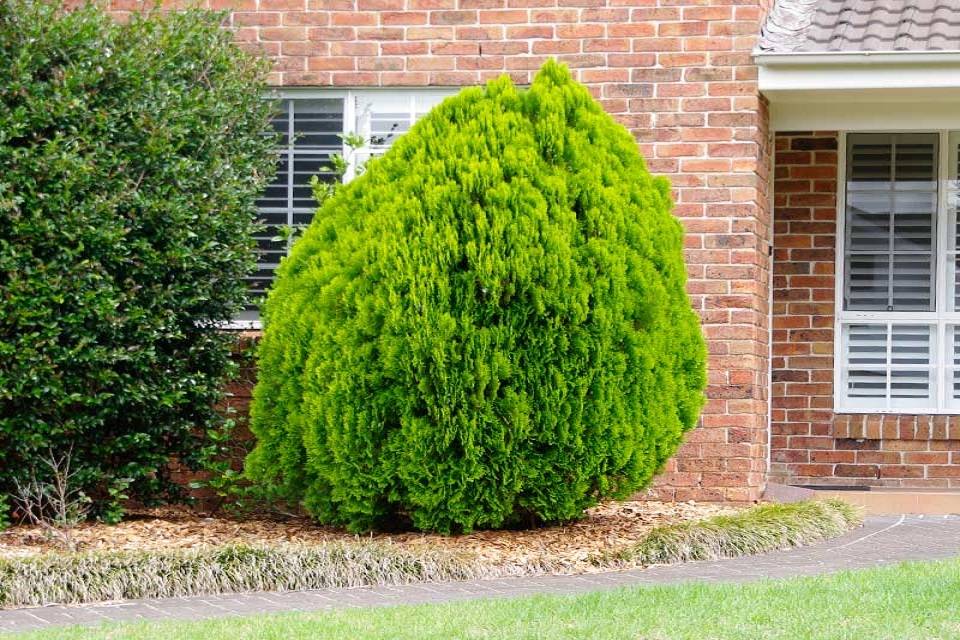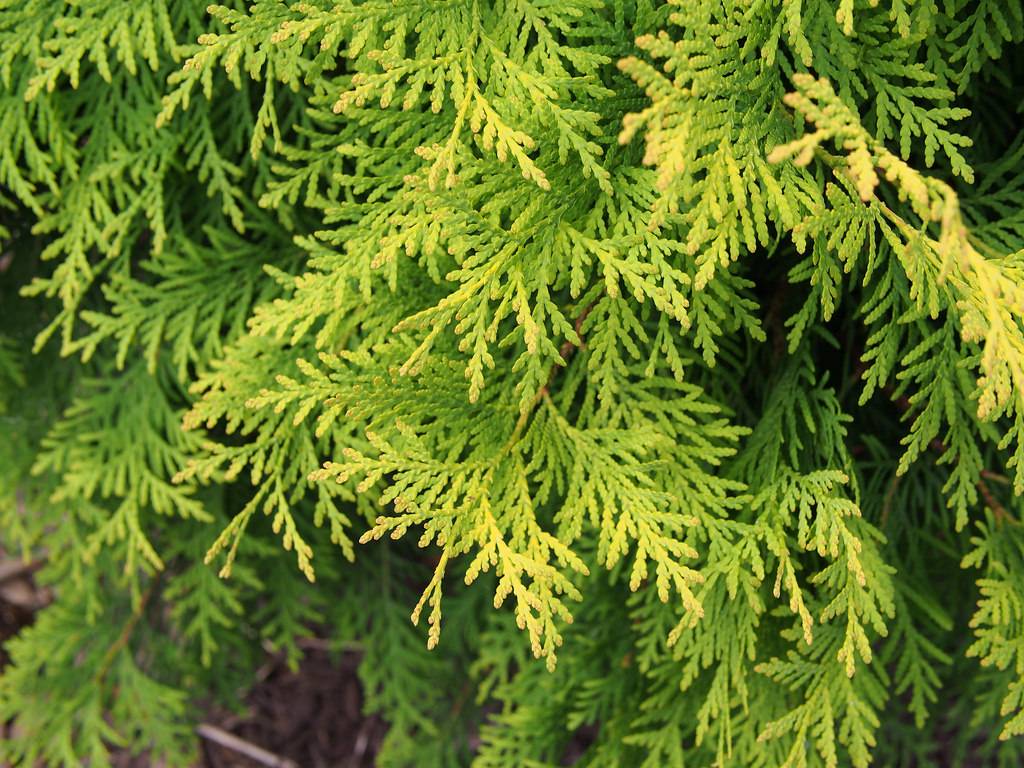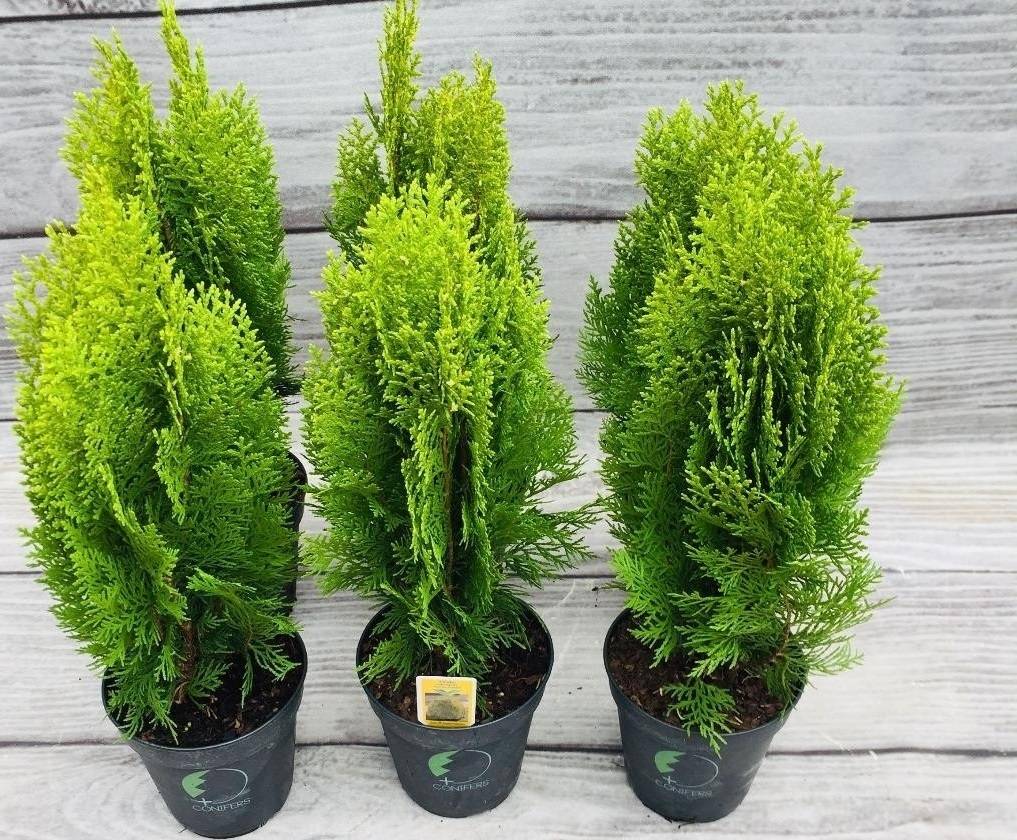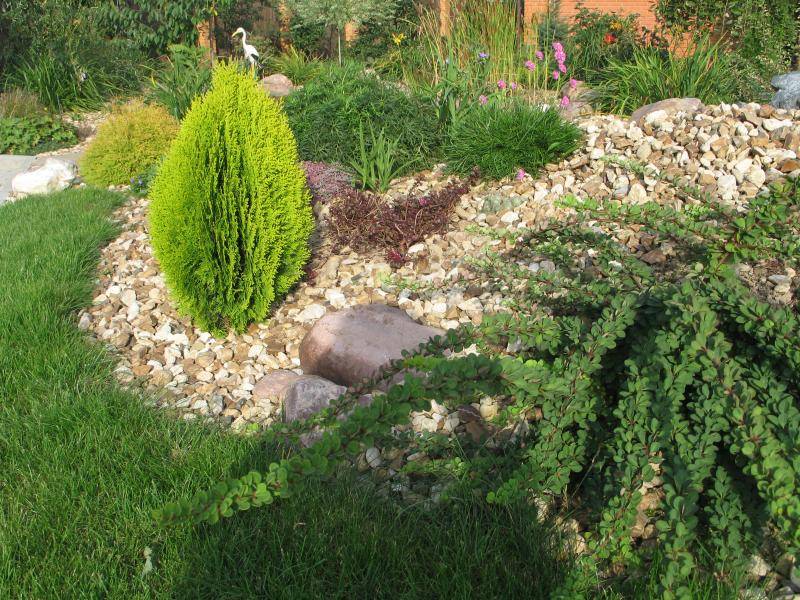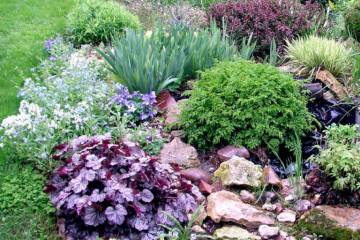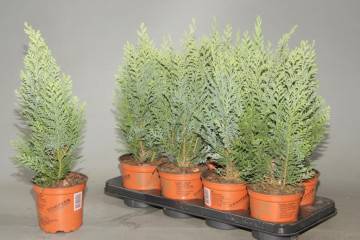Tuya Aurea Nana oriental - description of the variety
Content:
Tuya Aurea Nana is an evergreen coniferous ornamental plant that is widely used in the design of garden and park ensembles. It is appreciated for its pleasant and beautiful appearance, which does not lose with the arrival of autumn, turning from a light green bush to a bright bronze.
Tuya Aurea Nana
Aurea Nana is a favorite of the Chinese, who called her the Tree of Life. Feng Shui masters definitely recommend growing this plant on their site, as it fills the house with harmony and prolongs life.
General description of Tui Aurea Nana
Thuja (Aurea Nana) Aurea Nana is a coniferous garden plant that grows up to 3 meters in height. Has a wide oval crown. The diameter of the bush can be up to 1 meter. Light green needles in the form of small scales grow on dense branched stems of a dark yellow color. The birthplace of the compact tree is considered to be the northwestern part of China. There are two varieties of this plant: thuja western Aurea Nana and thuja eastern Aurea Nana. However, it is almost impossible to distinguish them from each other outwardly.
Species features
Thuja Aurea has its own specific description that distinguishes it from other varieties:
- wide elongated crown in the form of an elongated ellipse;
- branches are not erect, but branched widely to the sides;
- the stems of the bush are yellow with a golden tint;
- young shoots grow in several rows;
- after the third year of life, the shrub begins to take the shape of a ball;
- in the fall, thuya Nana turns bronze.
Combination with other plants
The main purpose of growing thuja is to decorate the plots. Aurea Nana is also widely used in landscape design. Particularly beautiful are alpine slides decorated with thuja, hedges and rocky flower beds.
Thuya Aurea Nana goes well with the following garden ornamental plants:
- roses of delicate pastel shades;
- magnolias;
- heather shrubs;
- low blue spruce;
- hydrangeas;
- annual flowers with bright buds;
- creeping bushes.
How to properly care for Tuya Aurea Nana
Proper care of thuja western Nana consists in timely and regular watering, which is recommended to be done at least twice a week. In order for the soil under the bush to retain moisture for a long time, it is necessary to mulch it with sawdust or small pebbles. Every month the shrub needs fertilizing with mineral fertilizers.
In order for the foliage of the needles to always be lush and healthy saturated green color, nitrogen, potassium, phosphorus and iron should prevail in the composition of dressings.
Thuja planting rules
Planting seedlings in open ground is carried out at the end of April or at the beginning of May. Bushes can also be planted in the autumn period in the first half of September.
Landing is carried out in the following order:
- dig holes half a meter deep, the width should be twice as large as the diameter of the seedling;
- the bottom of the holes is covered with drainage material: brick or expanded clay chips;
- a small amount of a substrate from peat and chernozem soil is poured onto the drainage;
- a seedling is placed on top;
- the remaining soil mixture is poured around the trunk and the surface is tamped;
- the seedling is watered with a bucket of water.
Light and humidity requirements
Thuja is a light-loving plant, so the area for its cultivation should not be shaded. Thuja is recommended to be grown together with flowers and bushes, the size of which is smaller than Aurea Nana. On hot summer days, it is extremely important to spray the ground part of the tree. Only need to spray in the morning or closer to sunset, otherwise the plant will get burns.
Preparing for winter
Eastern thuja Aurea Nana differs from western thuja in lower frost resistance, therefore, it requires a mandatory shelter for the winter. In the western species, only young bushes are sheltered. First, the bushes are tied around with a strong tourniquet. Then a protective awning is put on top, which is removed only in the spring.
Pruning and shaping the crown
Tuya Aurea Nana does not need the obligatory formation of the crown. The tree itself takes on a correct and beautiful shape. But if the appearance of the bush does not suit you, the crown is formed at your discretion.
Pruning is carried out in autumn and spring after wintering. Remove rotten and dried stems, and also remove stiff large trunks so that the plant can grow evenly.
How Tuya Aurea Nana reproduces
Thuja reproduces in almost all known ways. Most often, it is propagated using cuttings and dividing the bush. In practice, the seed method is also used, but it is very long and troublesome.
Growing from seeds
For this breeding method, seeds that were collected in the fall are suitable. The seeds can be grown as seedlings in a box or planted directly in open ground. A substrate for conifers is poured into the boxes and holes are made one centimeter in which one grain is planted. After watering is carried out with settled water.
If the seeds are planted in open ground, you need to loosen and fertilize the desired area. After that, make shallow holes (no more than 2 centimeters) and plant a seed in each. Cover with earth, lightly compact the soil and water the area. When the first shoots appear, it is recommended to mulch the soil around them with sawdust.
Propagation by cuttings
To propagate thuja by cuttings, you first need to cut off 20-cm lignified shoots from the mother bush along with the heel. The cut site must be treated with a solution of the Heteroauxin preparation.
The pots are filled with a special nutritious substrate made of sod land, river sands and compost. Each stalk is planted in a separate container, the soil is sprayed on top with water. Cover with a plastic bag.
Dividing the bush
The easiest way to reproduce thuja is by dividing the bush. You must select a tree that has more than one stem with roots. Cut and dig the required number of trunks from the mother bush. Places of cuts must be sprinkled with crushed activated carbon tablets. The excavated parts are planted in separate holes and watered.
Possible diseases of Tui Aurea Nana
The most dangerous and harmful to the healthy growth of Aurea Nana are false shields and aphids. They destroy the beautiful succulent foliage of the tree and infect the plants in the neighborhood. To combat parasites, the chemicals Actellik or Karbofos are used.
If the stems and shoots begin to acquire a dull whitish tint, then it suffers from a lack of fertilizing. Namely, it does not have enough iron to resume the normal functioning of photosynthesis in cells.It is necessary to spray the tree itself and cultivate the earth with a solution of ferrous sulfate.
Sometimes thuja begins to turn yellow from the ends of the branches in the summer. Such a problem arises from over-feeding or an incorrectly selected planting site. If the needles begin to dry out and fall off, then the bush suffers from a lack of watering and high alkalinity of the soil.
Proper care of plants is the key to a beautiful and flourishing garden area. Some plants, such as thuja Aurea Nana, require special care and are extremely sensitive to mistakes made during cultivation. But for a timely attentive attitude, thuja will reward with a decorative appearance and decorate any landscape design.
